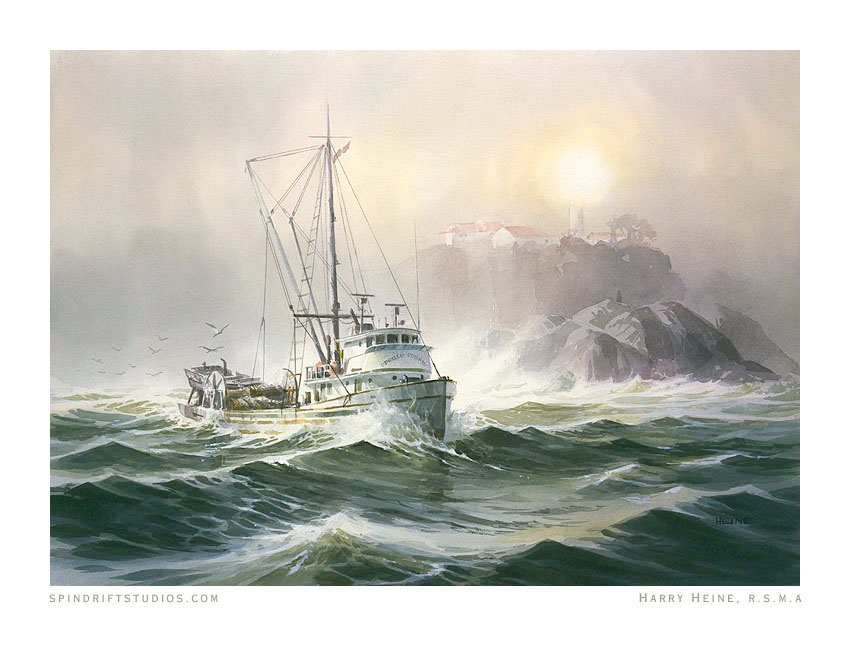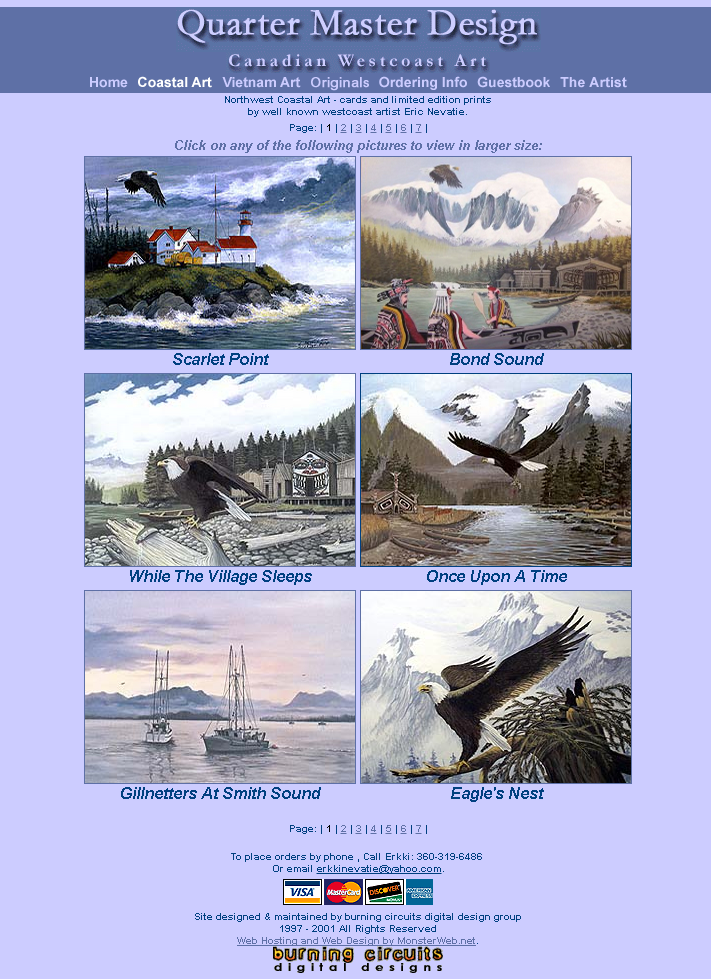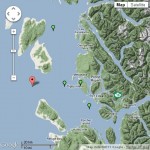 The following extracts taken from early Victoria, British Columbia (BC) newspapers are credited to Leona Taylor for her excellent work in indexing the papers. Full information can be found here: ”Index of Historical Victoria Newspapers“, 2007-09.
The following extracts taken from early Victoria, British Columbia (BC) newspapers are credited to Leona Taylor for her excellent work in indexing the papers. Full information can be found here: ”Index of Historical Victoria Newspapers“, 2007-09.
******************************
phs/Clayoquot, called after a West Coast tribe of Indians. ‘Cla-o-quaht’ means people different from what they were. (See Walbran). It is situated partly on a peninsula of Vancouver Island and partly on Meares and Stubbs Islands. The white settlement is commonly known as Tofino, though it is registered at the Provincial Land Office as Clayoquot Townsite, and is situated at the Northwest extremity of the peninsula extending about 9 miles Northwest from Long Beach. The Indian village, known as Opitsat is situated on the Southwest shore of Meares I. The hotel, large store, and wharf belonging to Mr Dawley are on Stubbs I, with the Post Office and police stn shown on the Admiralty chart as Clayoquot.
The common meeting ground of all the settlements is the large sheet of water between them, full of sand banks and channels, with strong tide rips, so that all the inter-communication has to be by boat, making it a miniature Venice. There are many Norwegian seafaring settlers, many of whom form the lifeboat crew at Tofino; besides owning their own houses, they build rowing and motor boats with great success. The only motor boats and pilots to be hired for the work up the many inlets of Clayoquot and Nootka Sounds are at Tofino. The expeditions after timber, minerals, earths, cannery sites and land locating in these sounds are nearly endless, and they have been all transported by these Tofino guides and their motor boats. In fact, Clayoquot is the best place to commence any small expedition to any inlet South of Cape Cook and Quatsino Sound. Continue reading Lighthouse History – 40 (1912-04-14 to 1912-07-20) →









